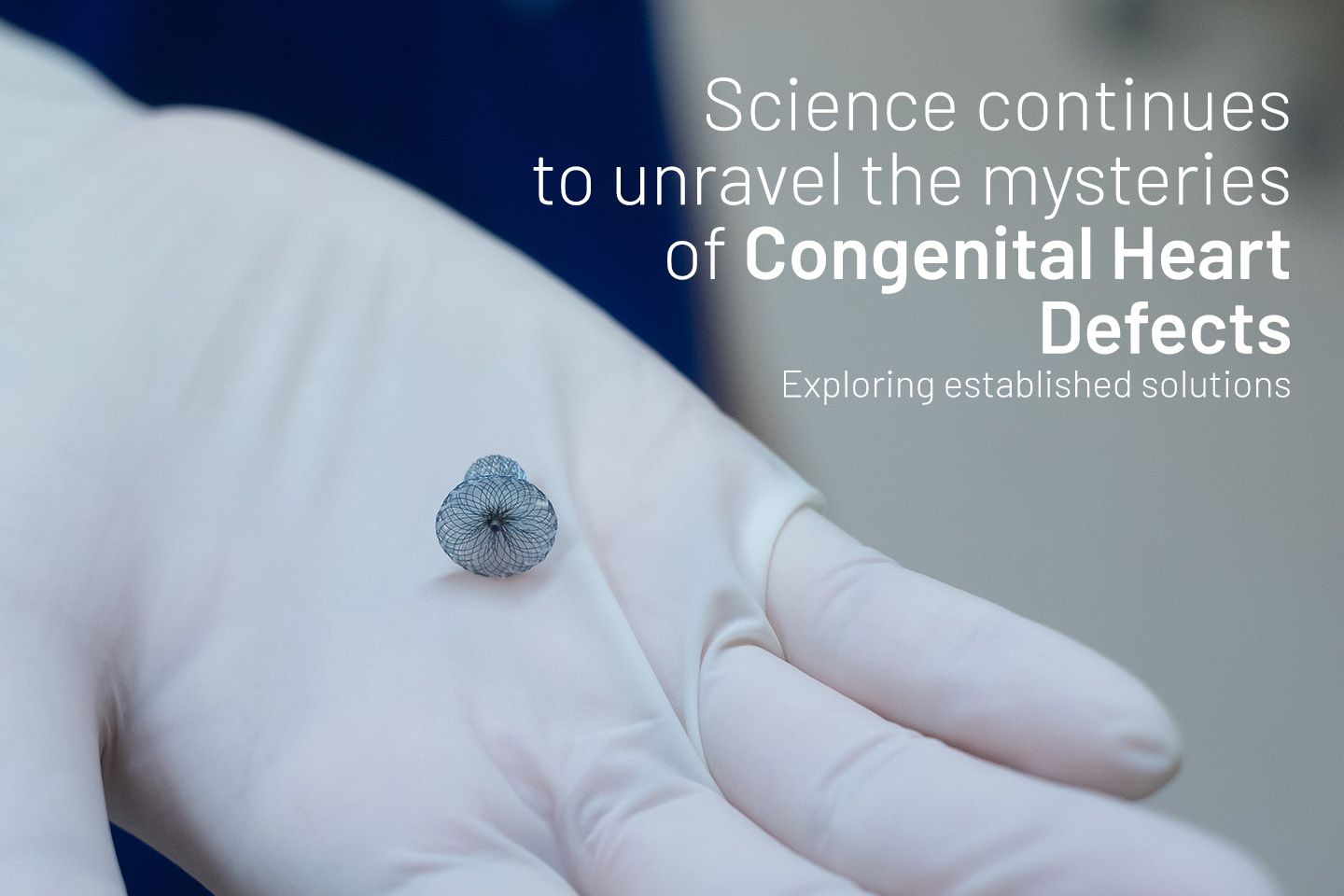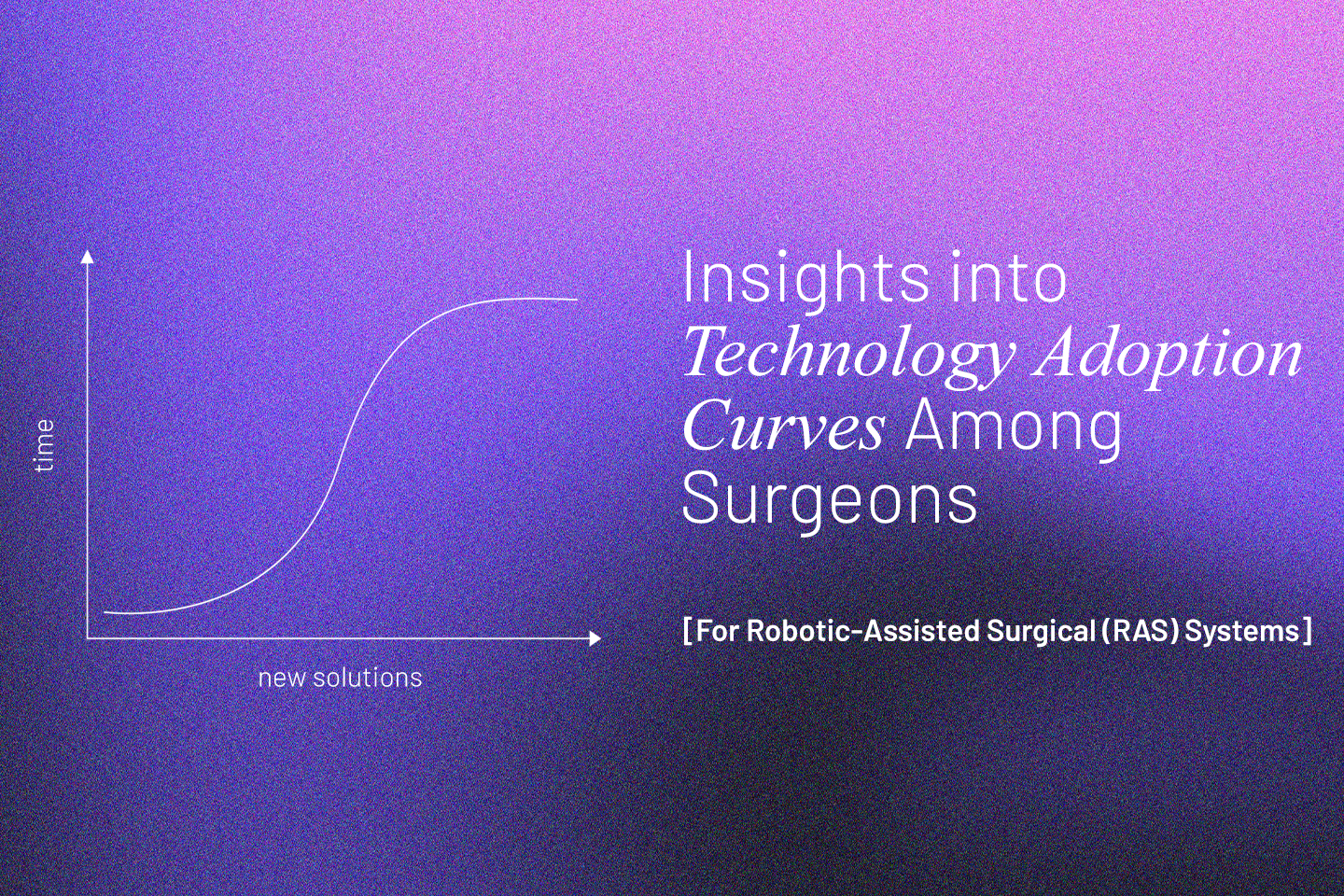Medical Devices
Peripheral Angioplasty – what is it?

Diseases affecting the blood vessels have become all too common these days. Increasing popularity of a sedentary lifestyle and habits like fast food consumption and smoking have led to problems affecting either the blood supply of the heart, called Coronary Artery Disease (CAD), or rest of the body, called Peripheral Artery Disease (PAD).
Symptoms of peripheral artery disease include calf cramps, sores that do not heal on the foot, and cold skin on the feet.
What is peripheral angioplasty?
To achieve this, a balloon could be inflated in the diseased section of the artery or a stent could be placed to remodel and keep the arteries open. In most cases, both the methods are used in sequence to restore normal blood flow.
How is peripheral angioplasty performed?
Peripheral angioplasty is a minimally invasive medical procedure performed under local anaesthesia. Here is a look at what happens during the procedure:
- A thin tube called a diagnostic catheter is inserted through a tiny incision in the patient’s hip
- Live X-ray helps the surgeon guide the catheter through the artery to the site of blockage
- A dye is used to identify the site of blockage
- Once the site of blockage has been identified, a second catheter called a balloon catheter is inserted into the artery
- The balloon is inflated inside the artery to press the plaque against the arterial wall to resume normal blood flow
- If required, the doctor could choose to keep the artery open with the help of metallic stent support
- Once the stent has been placed, the incision will be closed
Procedure recovery
Patients are often allowed to return home the same day after the procedure is completed. Depending on their health condition, some patients may be required to stay overnight in the hospital for observation.
Any kind of bleeding at the site of the incision, redness, chest pains or other unusual symptoms should be reported to the doctor immediately.
Post-surgery, patients may need to refrain from any activities that can exert the legs. Running, climbing up the stairs, and other similar forms of movement may need to be avoided for at least two months. Walking slowly across short distances is generally permitted.
The doctor will instruct each patient on their unique course of treatment and prognosis post-surgery. It is always advisable to follow the doctor’s instructions to a tee. Medications to treat cholesterol, high blood pressure and/or diabetes are usually prescribed.
Patients will also be given a strict diet and exercise regime that they need to follow to prevent the onset of heart and blood vessel disease in the future. Habits such as smoking and excessive alcohol consumption will need to be completely stopped.
Preparing for the procedure
Prior to the surgery, the doctor will carry out certain imaging tests, such as the Doppler ultrasound to examine issues in blood flow in affected arteries. Blood tests may also be carried out to check whether the patient suffers from associated high-risk conditions such as diabetes or cholesterol issues.
Patients must inform their doctor of any medication being currently taken. Fasting for a couple of hours prior to surgery is also mandatory. The hospital staff will advise the patient and/or their family members for how long they need to fast.
The latest in stent technology
The Promesa BMS from Meril Life Sciences offers advance stent technology for patients in need for Peripheral angioplasty Procedure.





